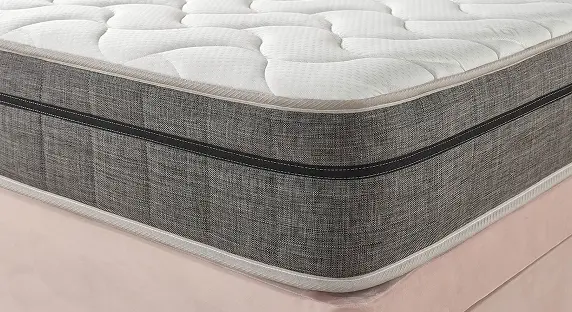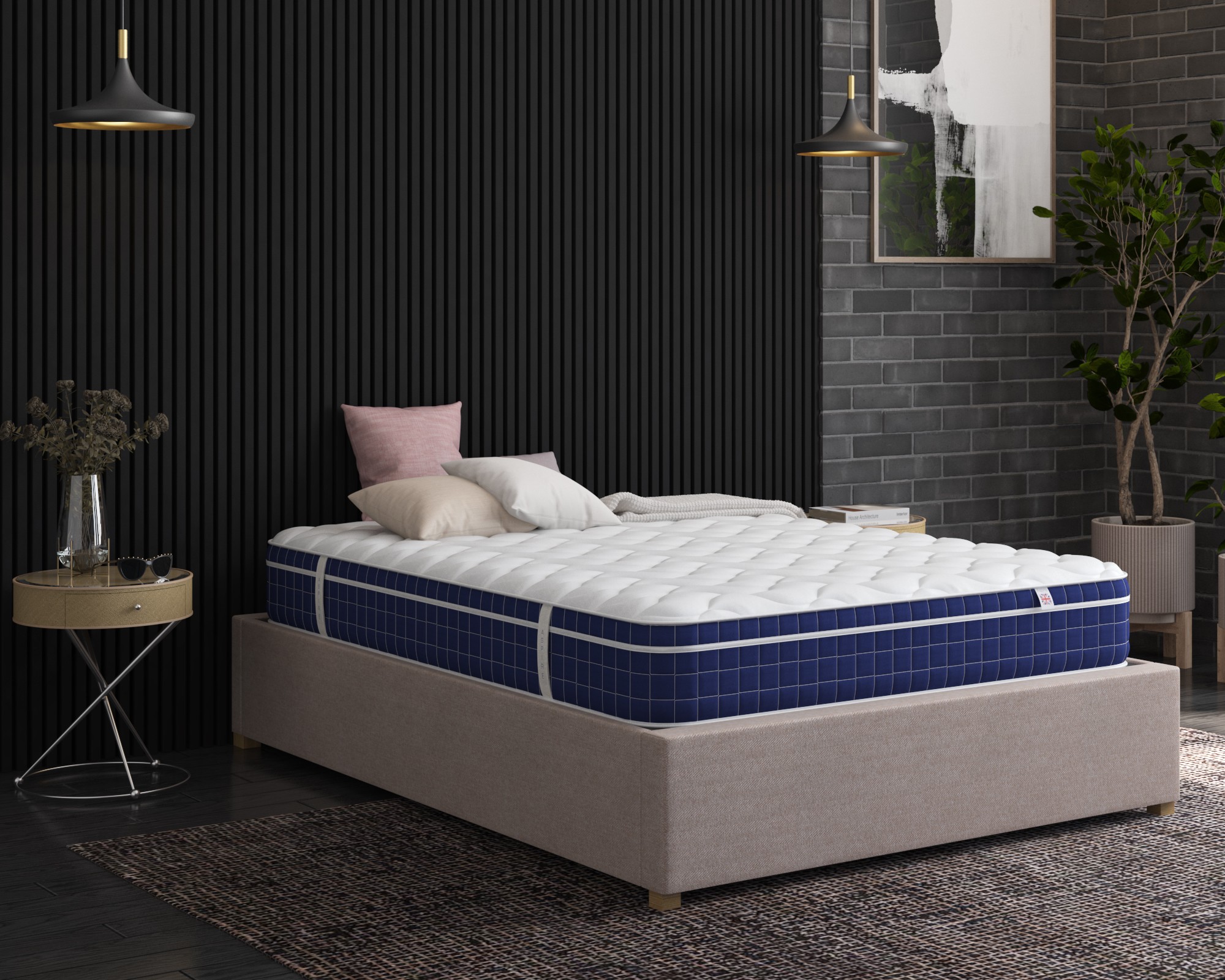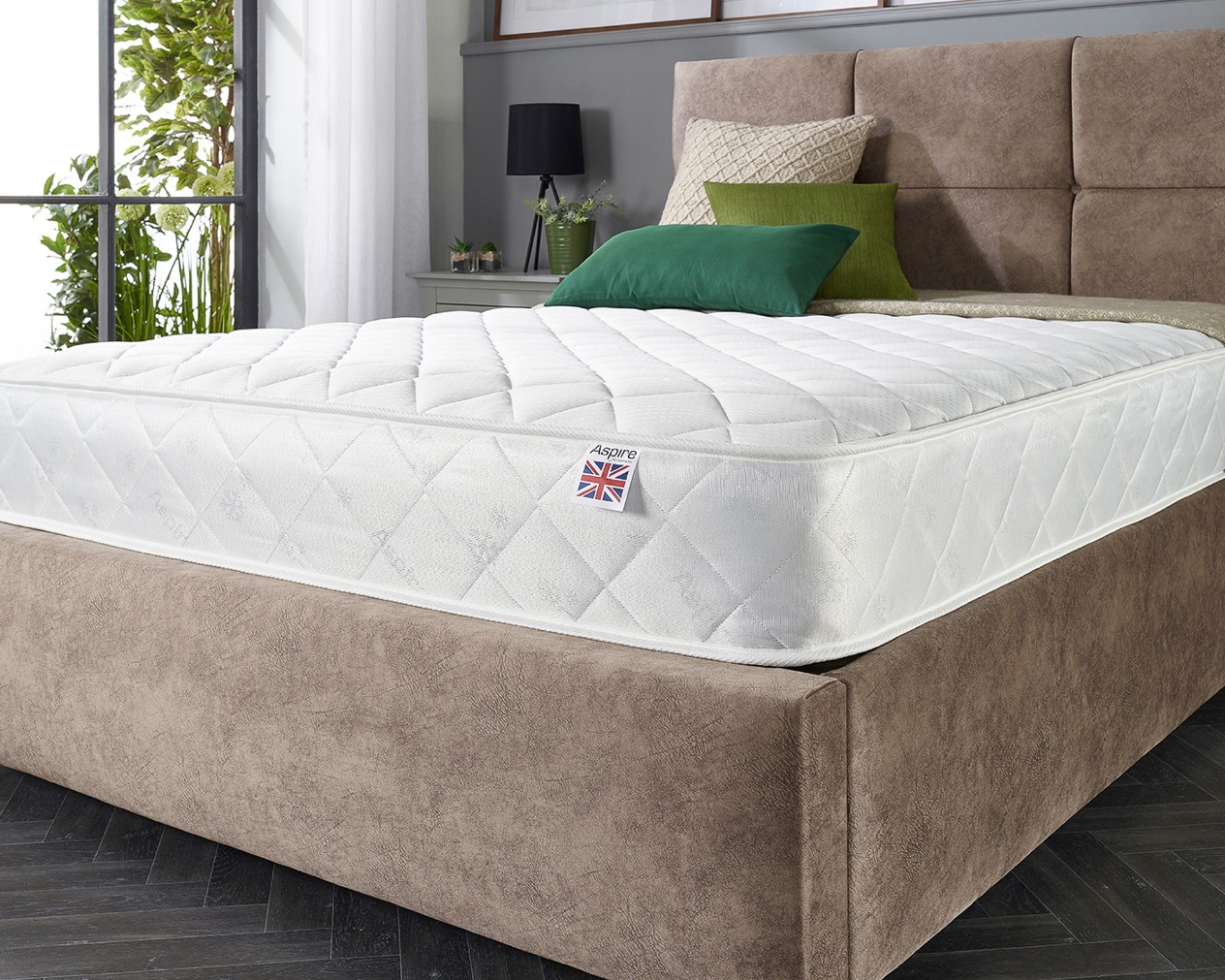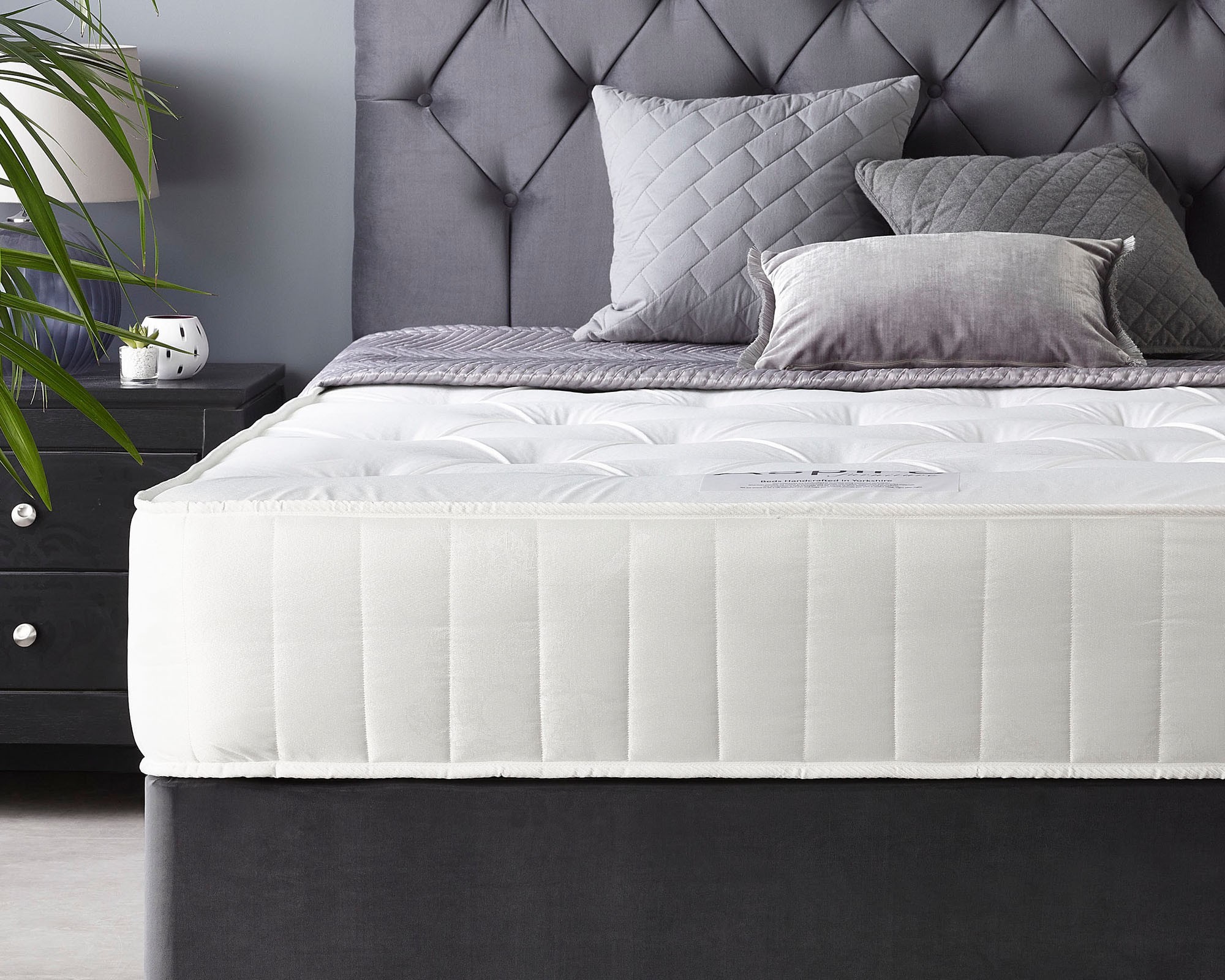- Updated :
- Published :
- Mattresses
- 0 likes
-
Beds
-
-
Shop by sizeHeading title
-
Shop By Style
-
Shop By Collection
-
Heading title
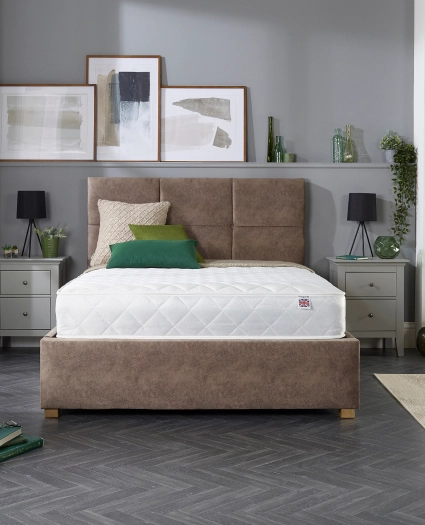
Build your perfect bedCustomise your perfect bed with our range of leading fabrics, styles and designs
Build your bed
- Ottoman Beds
-
-
Shop by size
- 3'0 Single Ottoman Beds
- 4'0 Small Double Ottoman Beds
- 4'6 Double Ottoman Beds
- 5'0 King Ottoman Beds
- 6'0 Super King Ottoman Beds
Heading title-
Shop By Style
-
Heading title

Build your perfect bedCustomise your perfect bed with our range of leading fabrics, styles and designs
Build your bed
- Adjustable Beds
- Divan Beds
- Mattresses
SearchPopular Searches-
Beds
-
-
Shop by sizeHeading title
-
Shop By Style
-
Shop By Collection
-
Heading title

Build your perfect bedCustomise your perfect bed with our range of leading fabrics, styles and designs
Build your bed
- Ottoman Beds
-
-
Shop by size
- 3'0 Single Ottoman Beds
- 4'0 Small Double Ottoman Beds
- 4'6 Double Ottoman Beds
- 5'0 King Ottoman Beds
- 6'0 Super King Ottoman Beds
Heading title-
Shop By Style
-
Heading title

Build your perfect bedCustomise your perfect bed with our range of leading fabrics, styles and designs
Build your bed
- Adjustable Beds
- Divan Beds
- Mattresses
-
How Your Mattress Can Help Alleviate Back Pain
-
-
-
-
-

